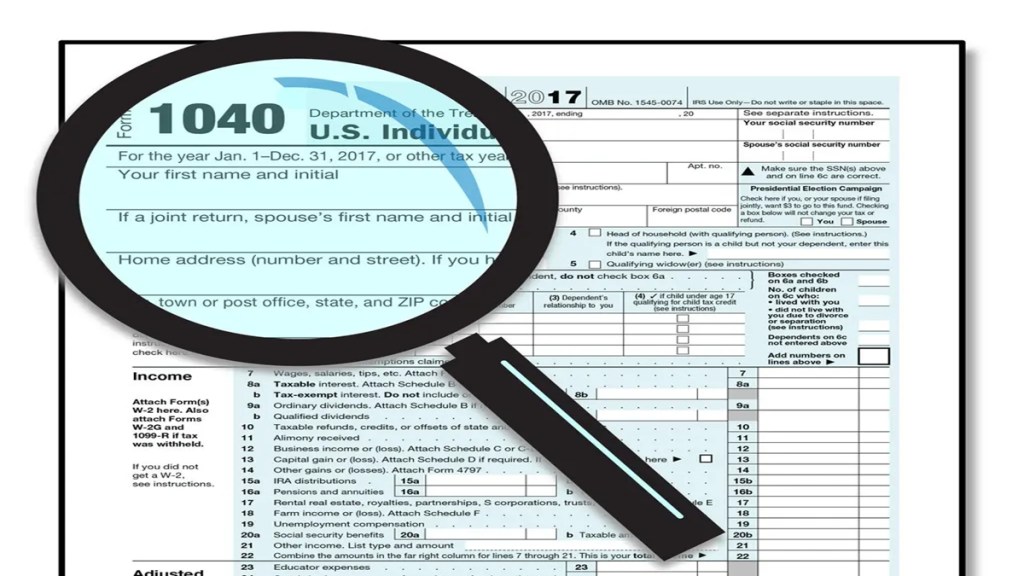Millions of American taxpayers are preparing to file their tax returns for the 2024 tax year. The US tax filing season opened on January 27, 2025, and will close on April 15, 2025. The Internal Revenue Service (IRS) expects more than 140 million individual tax returns for tax year 2024 to be filed ahead of the US tax filing deadline of Tuesday, April 15.
More than half of all tax returns are expected to be filed this year with the help of a tax professional, and the IRS urges people to use tax professionals to avoid potential scams and schemes.
The 2025 tax filing season will see the IRS modernize and enhance its tax services, including enhanced access to tax account information via virtual assistants, enhanced features on the Individual Online Account, increased access to tax forms via mobile devices, and enhanced scam alerts.
From 2025, Direct File will be available starting January 27 to taxpayers in 25 states. In addition, the IRS Free File program will be available to taxpayers. IRS Free File Guided Tax Software, exclusively available on IRS.gov, offers free software tools from trusted partners to millions of taxpayers nationwide. IRS Free File lets qualified taxpayers prepare and file federal income tax returns online using guided tax preparation software. Those who don’t qualify can still use Free File Fillable Forms.
Direct File IRS States
Direct File is now open in 25 states, allowing users to prepare and file federal taxes online directly with the IRS, offering a free, easy, accurate, and secure service. The Direct File allows users to import their tax information directly from the IRS, saving time by allowing them to fill in W-2 wages and other relevant information. You can use Direct File if you lived and worked in a participating state and report certain income, credits and deductions.
If you have a Social Security number (SSN) or an Individual Taxpayer Identification Number (ITIN), sign in or create an account to verify your identity with ID.me to access Direct File.
The deadline to file a 2024 tax return and pay any tax owed is April 15, 2025. Direct File is open until October 15, 2025, for people who may have additional time to file.
Direct File is an option if you lived and worked in a participating state for all of 2024 in Alaska, Arizona, California, Connecticut, Florida, Idaho, Illinois, Kansas, Maine, Maryland, Massachusetts, Nevada, New Hampshire, New Jersey, New Mexico, New York, North Carolina, Oregon, Pennsylvania, South Dakota, Tennessee, Texas
Washington state, Wisconsin, Wyoming. You can’t use Direct File if you didn’t live and work in one of these states for all of 2024.
Direct File doesn’t prepare state returns. If you need to file a state return, Direct File will connect you to a free state-supported preparation and filing tool after you finish your federal return.
Steps to make tax filing easier
- Create or access your account information at IRS.gov/account
- Gather and organize your tax records
- Check your tax identification number (ITIN)
- Get an identity protection personal identification number (IP PIN)
- Make sure you’ve withheld enough tax
- Get banked to speed tax refunds with direct deposit
What’s new for taxpayers in 2025
Taxpayers may receive a Form 1099-K: Taxpayers who received more than $5,000 in payments for goods and services through an online marketplace or payment app in 2024 should expect to receive a Form 1099-K in January 2025. IRS will also receive a copy of your Form 1099-K.
There have been changes implemented by IRS that may affect your tax refund in 2025. Life events, such as purchasing a home, going to college or losing a job, may make you eligible for certain tax benefits.
Other circumstances, such as getting married or divorced, welcoming a child or experiencing the death of a spouse or a dependent you claim, could also affect your tax benefit eligibility and filing status. These changes could mean you qualify for tax credits like the Child Tax Credit (CTC), the Earned Income Tax Credit (EITC), the Child and Dependent Care Credit and Credit for Other Dependents(ODC).
For 2024, the CTC is worth up to $2,000 for each qualifying child. A child must be under age 17 at the end of 2024 to be a qualifying child. For 2024, the EITC eligible taxpayers with no qualifying children may receive up to $632.

